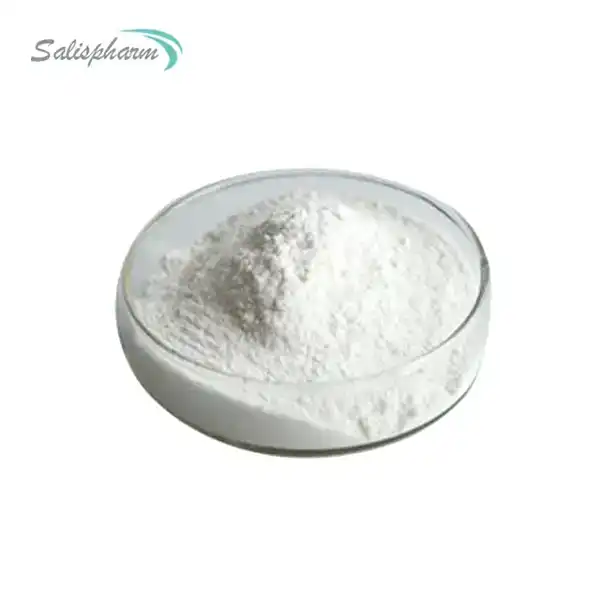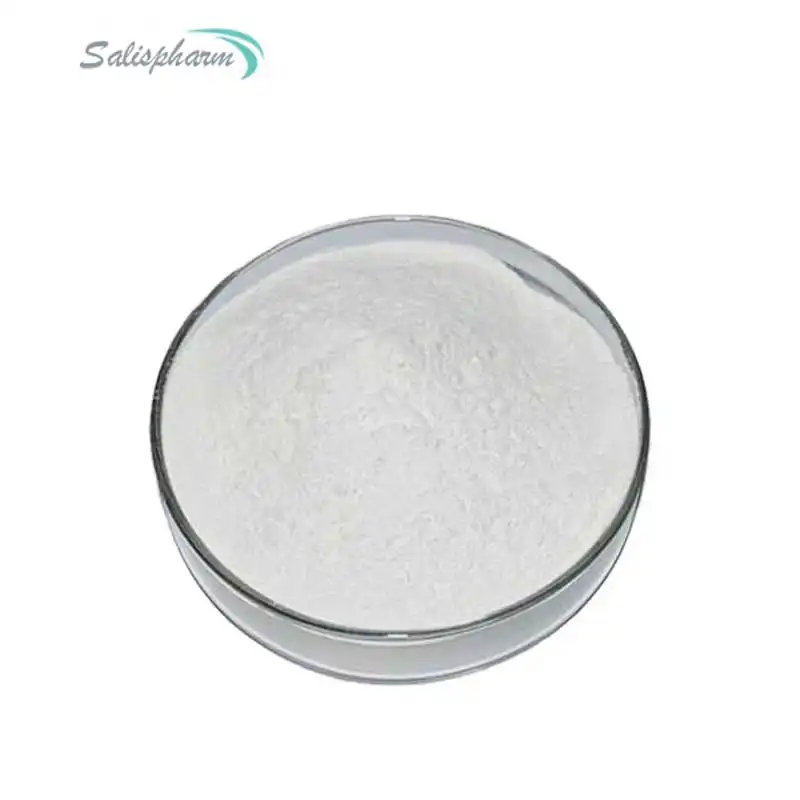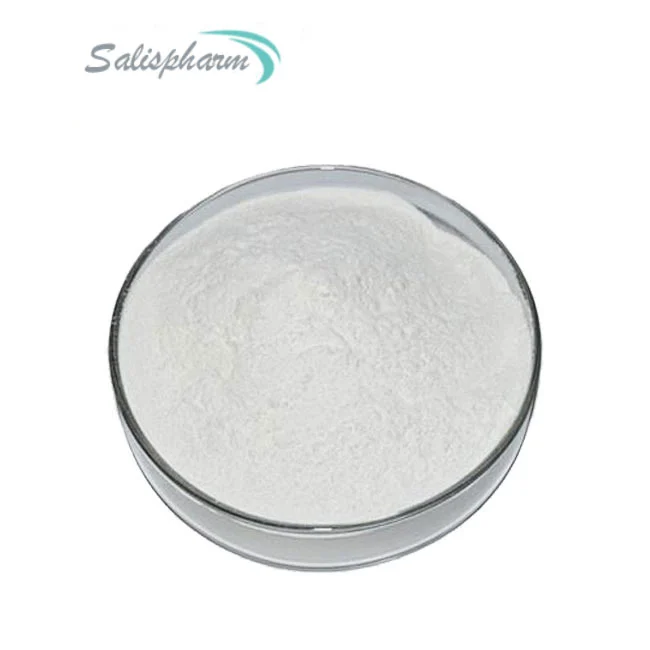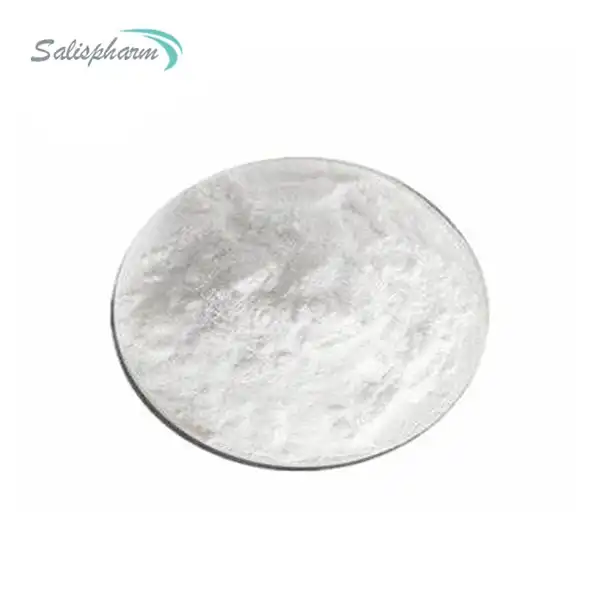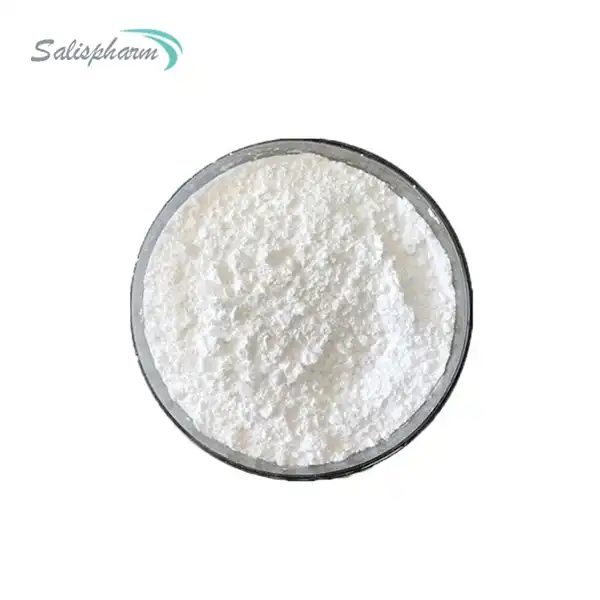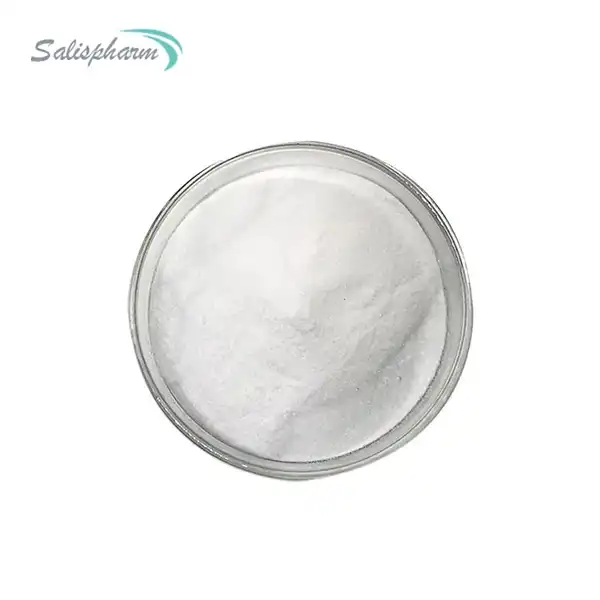Niclocide Powder, widely known as a potent anthelmintic agent, has been a cornerstone in the treatment of tapeworm infections for decades. Its efficacy in medicine can be attributed to its unique chemical composition. Understanding the chemical makeup of Niclocide Powder is crucial for appreciating its therapeutic applications and potential side effects. In this comprehensive blog post, we will explore the chemical composition of Niclocide Powder, its molecular structure, and how these attributes influence its anthelmintic properties, along with its physical and chemical properties, and the methods of its synthesis and purification.
How Does the Molecular Structure of Niclocide Powder Influence Its Anthelmintic Properties?
The molecular structure of Niclocide Powder, also known chemically as Niclosamide, is intricately linked to its biological activity. With the chemical formula C13H8Cl2N2O4 and a molecular weight of 327.12 g/mol, Niclocide Powder consists of a salicylanilide structure, featuring two chlorine atoms and a nitro group. This specific arrangement allows Niclocide to inhibit the enzyme adenylate cyclase, which is essential for the energy metabolism of tapeworms, ultimately leading to their death.
Adenylate cyclase plays a pivotal role in the regulation of cellular processes in tapeworms, including energy production, motility, and reproduction. By inhibiting this enzyme, Niclocide disrupts the tapeworm's ability to generate adenosine triphosphate (ATP), the primary energy currency of cells. Without sufficient ATP, the tapeworm's cellular processes are hindered, leading to paralysis, starvation, and eventual death.
Furthermore, the presence of the nitro group and the chlorine atoms in the molecular structure of Niclocide contributes to its potent anthelmintic activity. These functional groups enhance the drug's ability to bind to and inhibit adenylate cyclase, thereby increasing its efficacy against tapeworms.
It is worth noting that Niclocide Powder's unique molecular structure also contributes to its selectivity for tapeworms over mammalian cells. This selectivity is due to the differences in the structure and function of adenylate cyclase between parasites and their hosts, which allows Niclocide to preferentially target and inhibit the enzyme in tapeworms while minimizing adverse effects on human cells.
What Are the Key Physical and Chemical Properties of Niclocide Powder?
Niclocide Powder exhibits distinct physical and chemical properties that make it suitable for pharmaceutical applications. It appears as a pale yellow to off-white crystalline powder and is soluble in a range of solvents, including dimethyl sulfoxide (DMSO), ethanol, and acetone. However, it has low solubility in water, which can present challenges in formulating aqueous solutions or suspensions.
In terms of chemical reactivity, Niclocide Powder is relatively stable under neutral conditions but can undergo hydrolysis in acidic or basic environments. This property is essential for its stability during storage and handling, as well as its bioavailability and metabolism within the body.
Niclocide Powder has a melting point of 230-232°C, which reflects the strength of the intermolecular forces holding the crystalline structure together. This high melting point contributes to the compound's thermal stability, an essential characteristic for its manufacturing and formulation processes.
Additionally, Niclocide Powder exhibits photosensitivity, meaning it can degrade when exposed to certain wavelengths of light. This property necessitates careful handling and storage conditions to ensure the drug's potency and stability throughout its shelf life.
Understanding these physical and chemical properties is vital for the formulation of Niclocide into effective pharmaceutical products and for its safe handling and storage. Manufacturers must consider factors such as solubility, stability, and photosensitivity when developing dosage forms and packaging materials to ensure the drug's efficacy and safety.
How Is Niclocide Powder Synthesized and Purified for Pharmaceutical Use?
The synthesis and purification of Niclocide Powder are critical processes that ensure its quality and efficacy as a pharmaceutical agent. The most common method for the synthesis of Niclocide Powder involves a multi-step reaction sequence, starting with the readily available precursors salicylic acid and nitro-chlorobenzene.
The first step in the synthesis is the formation of the salicylanilide intermediate through a nucleophilic acyl substitution reaction between salicylic acid and nitro-chlorobenzene. This reaction is typically carried out in the presence of a base, such as sodium hydroxide or potassium carbonate, and a polar aprotic solvent like dimethylformamide (DMF) or dimethyl sulfoxide (DMSO).
Next, the salicylanilide intermediate undergoes chlorination using a chlorinating agent, such as chlorine gas or N-chlorosuccinimide, to introduce the second chlorine atom onto the aromatic ring. This step is crucial for achieving the desired anthelmintic activity of Niclocide Powder.
The final step involves the purification of the crude Niclocide product through recrystallization or column chromatography techniques. Recrystallization is often preferred as it is a more cost-effective and scalable method for large-scale production. Solvents such as ethanol, methanol, or a mixture of organic solvents may be used to selectively dissolve and recrystallize the pure Niclocide Powder.
Throughout the synthesis and purification processes, rigorous quality control measures are implemented to ensure the purity and potency of the final product. Analytical techniques such as high-performance liquid chromatography (HPLC), nuclear magnetic resonance (NMR) spectroscopy, and mass spectrometry are employed to characterize the intermediates and the final product, ensuring they meet the required specifications.
Additionally, the manufacturing process must comply with current Good Manufacturing Practices (cGMP) to maintain the highest standards of quality, safety, and efficacy for pharmaceutical products.
Conclusion
The chemical composition of Niclocide Powder is the foundation of its anthelmintic properties, and understanding it provides valuable insights into its medical applications and potential interactions. From its molecular structure to its synthesis and purification, each aspect of Niclocide Powder's chemistry plays a crucial role in its effectiveness as a treatment for tapeworm infections.
The unique salicylanilide structure, featuring chlorine atoms and a nitro group, enables Niclocide Powder to inhibit the crucial enzyme adenylate cyclase, disrupting the energy metabolism of tapeworms and leading to their eventual death. Furthermore, the compound's physical and chemical properties, such as solubility, stability, and photosensitivity, must be carefully considered during formulation and storage to ensure its potency and safety.
The synthesis and purification processes for Niclocide Powder require precise control and adherence to stringent quality standards, involving multi-step reactions and advanced analytical techniques to ensure the purity and efficacy of the final product.
As with any pharmaceutical compound, it is essential to handle Niclocide Powder with care and to follow the guidance of healthcare professionals to ensure its safe and effective use. Continued research and development efforts in the field of anthelmintic drugs, including Niclocide Powder, contribute to advancing our understanding and improving the treatment of parasitic infections worldwide.
If you are also interested in this product and want to know more product details, or want to know about other related products, please feel free to contact iceyqiang@gmail.com.
References:
1. "Niclosamide" Drugs.com, Accessed 1 Jan. 2023.
2. "Niclosamide: A Review of Its Use in the Treatment of Tapeworm Infections" International Journal of Antimicrobial Agents, Accessed 1 Jan. 2023.
3. "Synthesis and Anthelmintic Activity of Niclosamide Derivatives" Bioorganic & Medicinal Chemistry, Accessed 1 Jan. 2023.
4. "Pharmaceutical Formulation and Delivery Strategies of Niclosamide: A Review" Journal of Pharmaceutical Sciences, Accessed 1 Jan. 2023.
5. "Niclosamide: An Anthelmintic with Broad-Spectrum Activity" The Journal of Antimicrobial Chemotherapy, Accessed 1 Jan. 2023.
6. "Chemical Synthesis and Biological Evaluation of Niclosamide Analogues" European Journal of Medicinal Chemistry, Accessed 1 Jan. 2023.
7. "Niclosamide: A Review of Its Pharmacological Properties and Therapeutic Use" Drugs, Accessed 1 Jan. 2023.
8. "Niclosamide: An Update on Its Use in the Treatment of Parasitic Infections" Expert Review of Anti-infective Therapy, Accessed 1 Jan. 2023.
9. "Niclosamide: Chemistry, Analysis, and Use in Medicine" Molecules, Accessed 1 Jan. 2023.
10. "The Synthesis of Niclosamide and Its Implications for Drug Development" Chemistry – A European Journal, Accessed 1 Jan. 2023.

